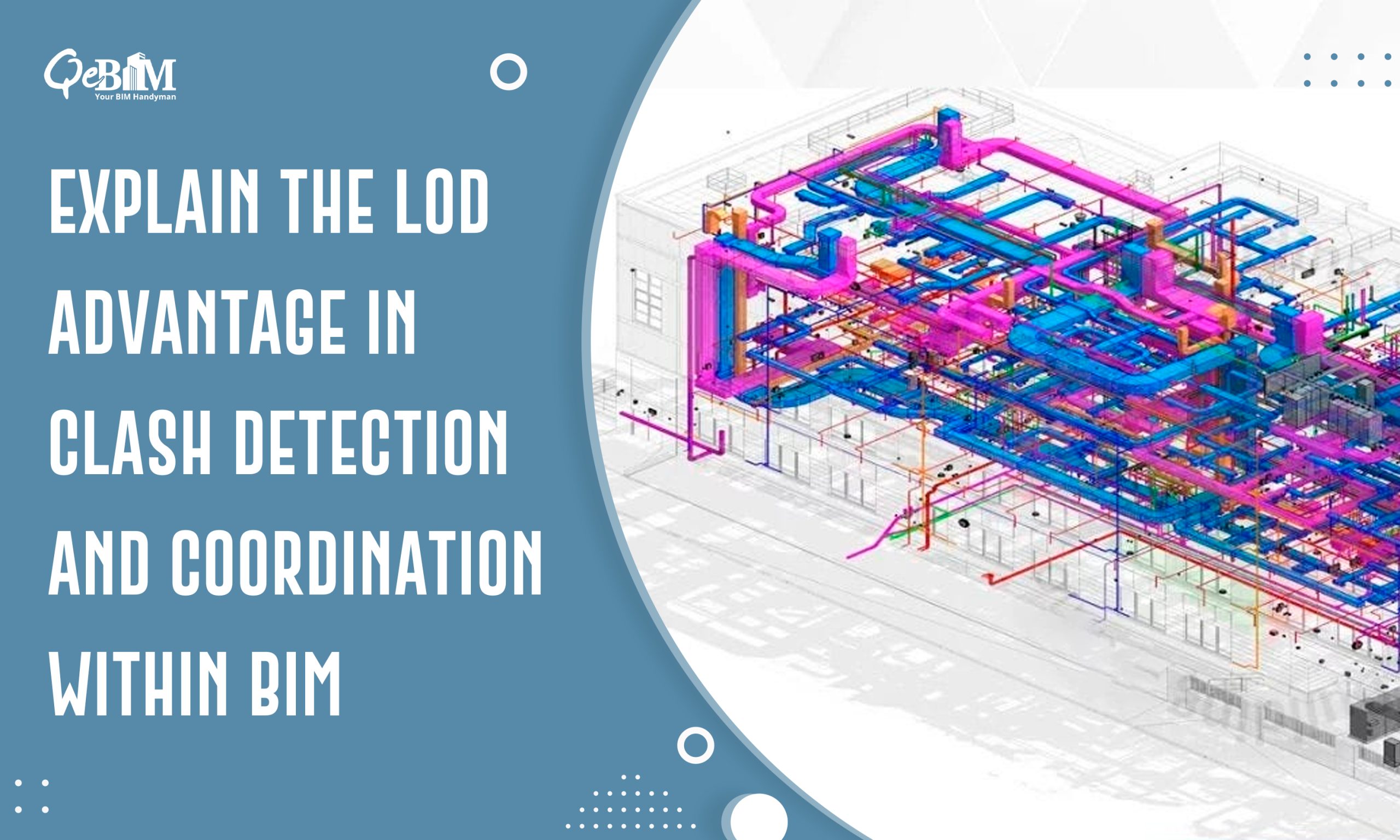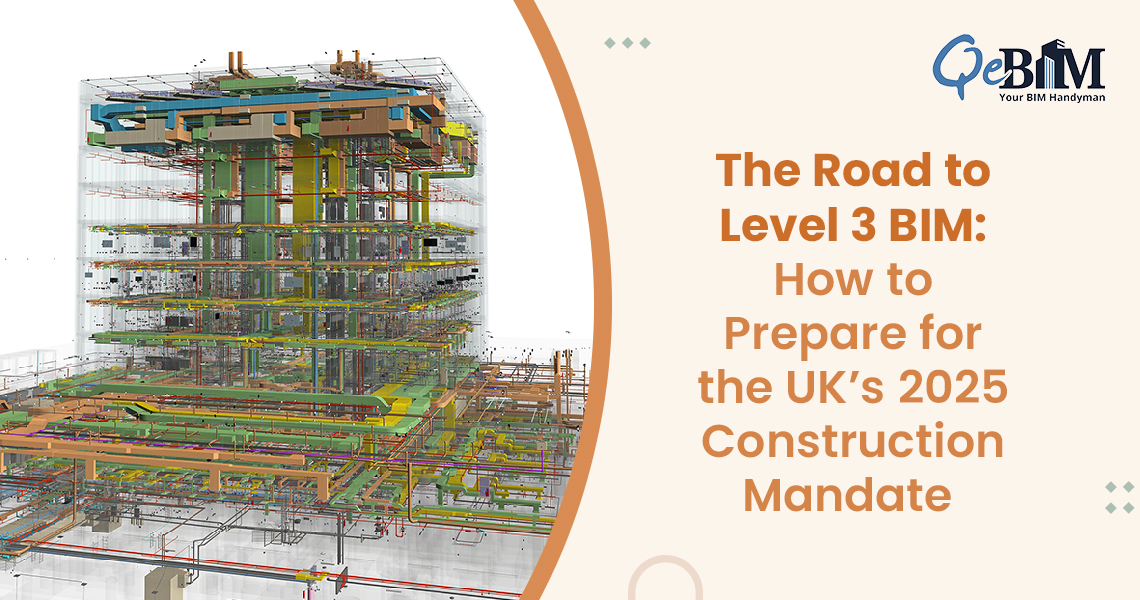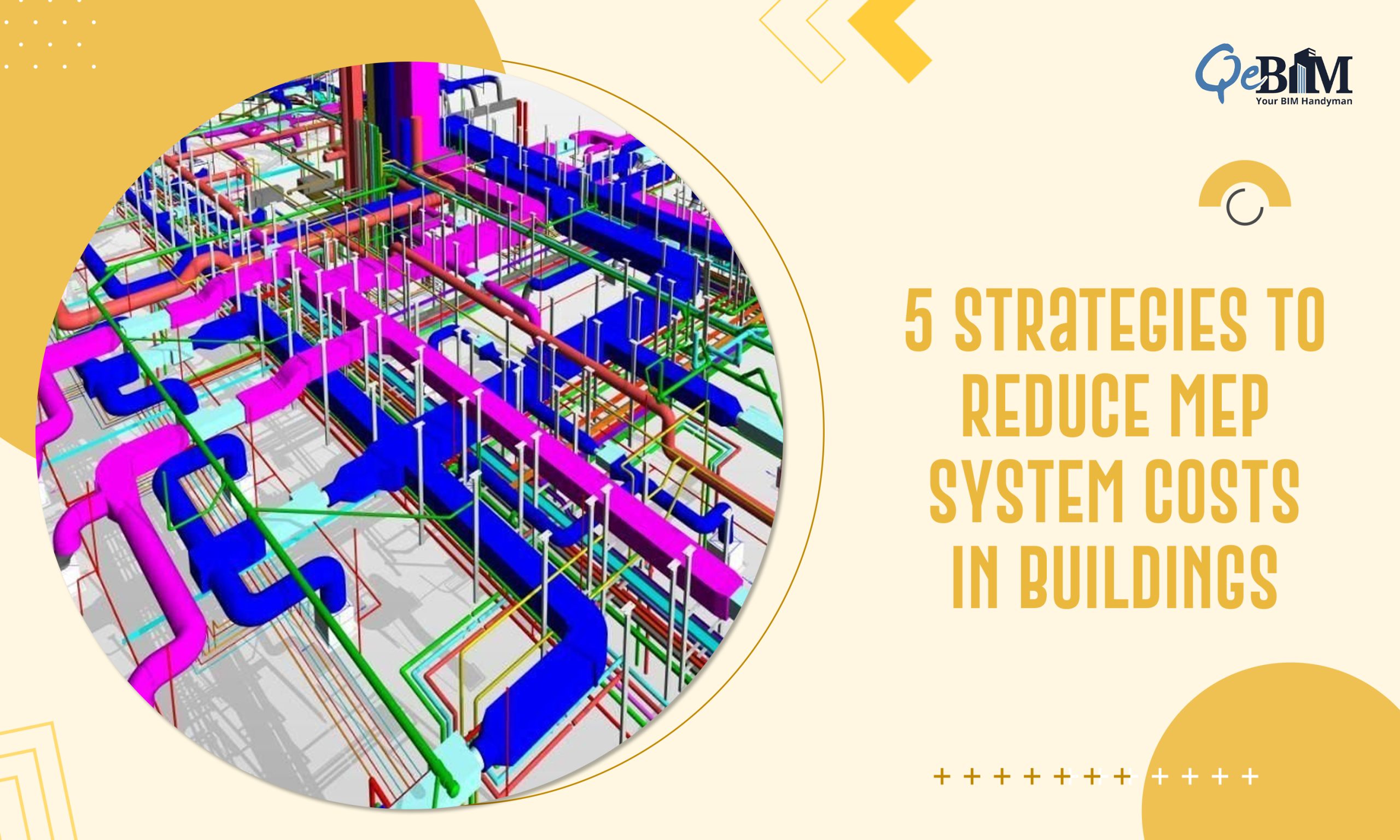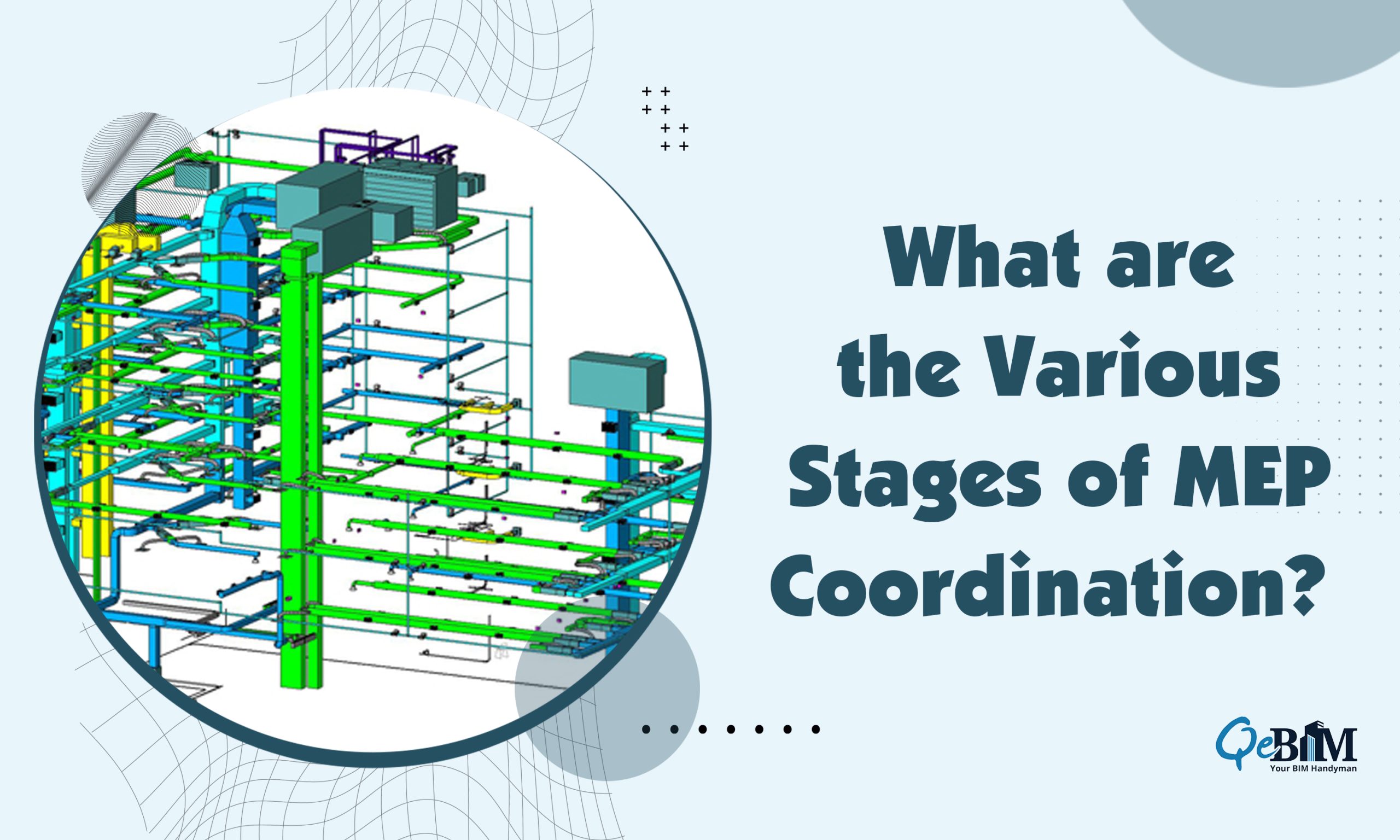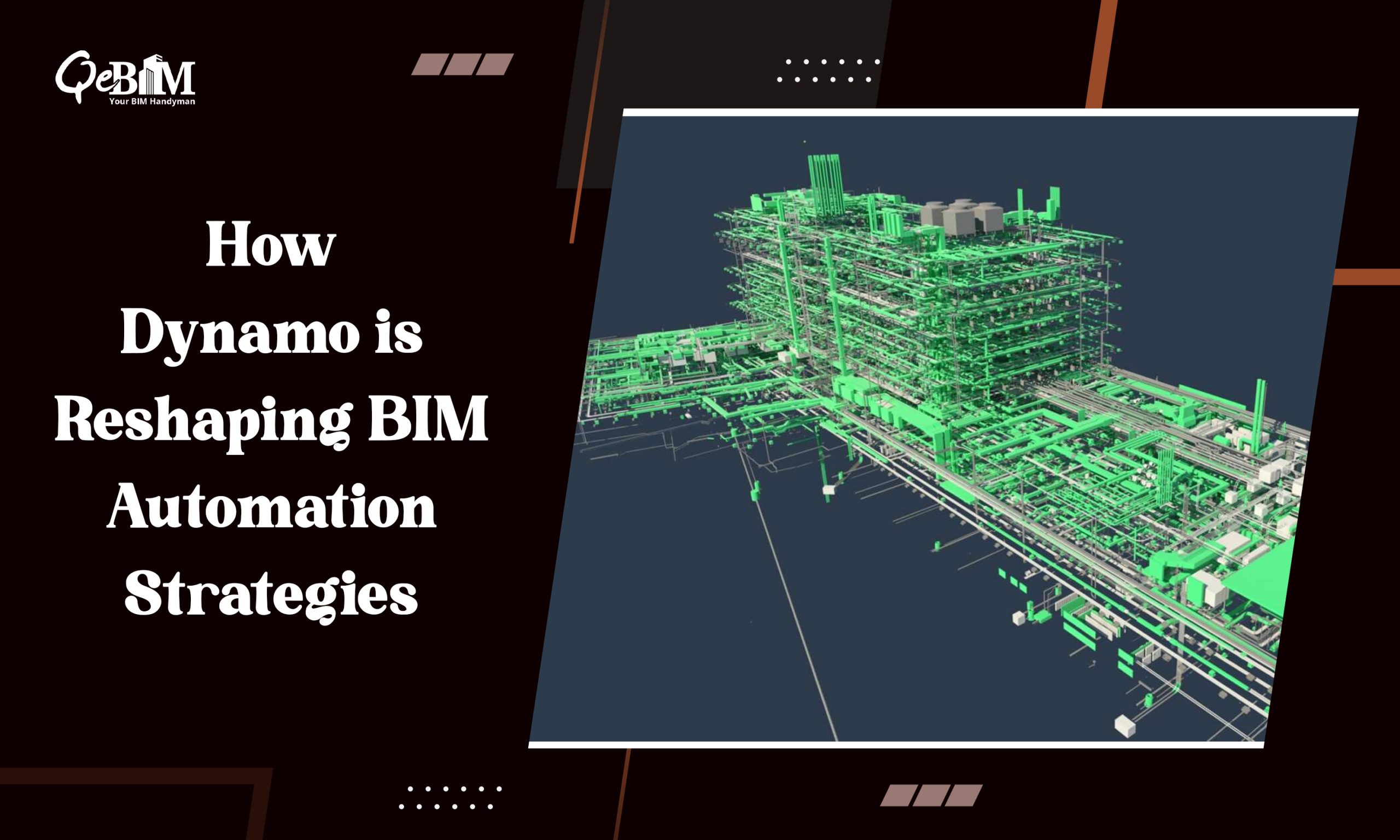Introduction:
BIM Services has transformed the AEC sector through its collaborative and data-driven approach to project management, ushering in a new era of innovation. Among the many elements that contribute to the success of BIM, Level of Detail (LOD) plays a pivotal role in clash detection and coordination.
In this blog post, we will explore the significance of LOD in ensuring seamless collaboration, reducing conflicts, and optimizing project outcomes.
Understanding LOD in BIM:
LOD refers to the degree of accuracy and detail in the representation of a model’s geometry and information. It is commonly categorized into different levels, with each level indicating a specific stage in the project lifecycle. As the Level of Detail (LOD) increases, the model becomes more intricate and precise. LOD levels generally varies from LOD 100 (conceptual design) to LOD 500 (as-built conditions).
Clash Detection: A Key Component of BIM:
Clash detection is a crucial component of BIM that identifies and resolves conflicts or clashes among various building elements before the actual construction phase. These clashes can include spatial interferences, clashes between structural and architectural components, or clashes related to mechanical, electrical, and plumbing (MEP) systems.
LOD’s Role in Clash Detection:
The role of LOD in clash detection is indispensable. As the LOD increases, the level of detail and accuracy in the model also rise. This enables the detection of clashes with greater precision. In the early stages of a project (lower LOD levels), clash detection may focus on basic spatial conflicts. However, as the project progresses and LOD increases, clashes related to specific components and systems become more apparent.
For example, at LOD 100, clash detection may reveal basic conflicts such as walls intersecting with other structural elements. As the project advances to LOD 300 or higher, clashes between intricate details like MEP systems and architectural elements can be identified and resolved with MEP BIM Services.
Coordination and Collaboration with Higher LOD:
Effective collaboration is a cornerstone of successful project delivery in the AEC industry. BIM Coordination Services involves bringing together diverse disciplines and stakeholders to ensure that each element of the building design aligns seamlessly with the others. LOD significantly influences the coordination process by providing a common language and a shared understanding of project details.
When stakeholders work with models at higher LODs, they gain access to more accurate and detailed information. This enables them to make informed decisions, reduces the likelihood of errors, and ensures that all parties involved are on the same page. Coordination becomes more streamlined, leading to improved efficiency and decreased instances of expensive rework during the construction phase.
Benefits of LOD in Clash Detection and Coordination:
1) Early Issue Identification:
-
- LOD enables project teams to detect clashes and coordination issues at an early stage in the design phase.
- Early detection reduces the risk of expensive changes during construction.
2) Improved Decision-Making:
-
- Higher LOD levels provide more information for stakeholders to make informed decisions.
- Designers, engineers, and contractors can collaborate effectively with a detailed, comprehensive, and accurate illustration of the building model.
3) Enhanced Visualization:
-
- The implementation of LOD enables a more authentic and visually captivating portrayal of the project.
- Stakeholders can visualize the final product, aiding in enhanced decision-making and understanding.
4) Optimized Construction Planning:
-
- Coordination based on higher LODs contributes to optimized construction planning.
- Construction sequences can be better planned and communicated, minimizing disruptions and delays.
5) Reduced Rework and Cost Savings:
-
- Early clash detection and coordination with higher LODs lead to reduced rework during construction.
- Cost savings result from minimizing errors, avoiding clashes, and ensuring efficient collaboration.
Conclusion:
In the dynamic and complex landscape of the AEC industry, BIM has emerged as a game-changer, and LOD is a crucial component in ensuring its success. As we have explored in this blog post, LOD significantly impacts clash detection and coordination, playing a pivotal role in preventing issues, enhancing collaboration, and ultimately optimizing project outcomes. By embracing higher LODs, stakeholders can unlock the full potential of BIM, creating a more efficient and collaborative environment for the design and construction of buildings.
